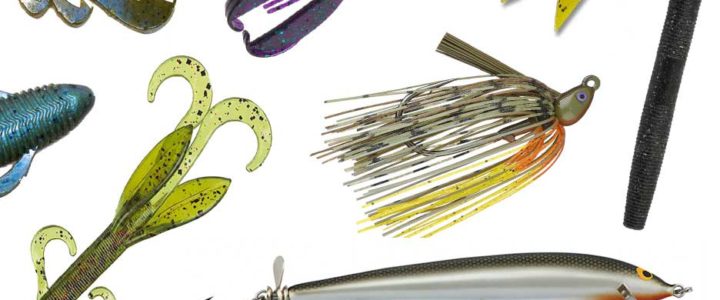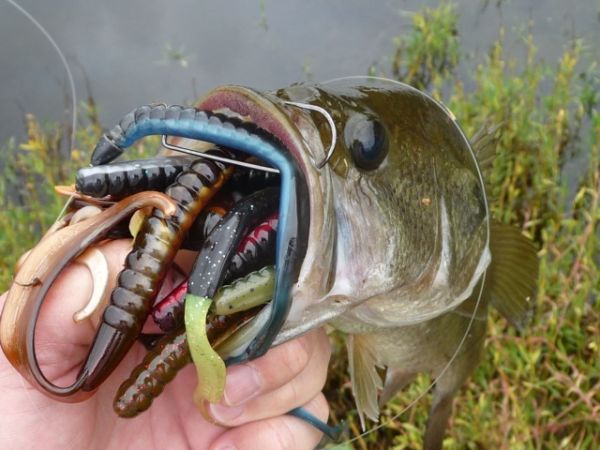When is it good to fish after a storm? This depends on the kind of fish you’re targeting. For instance, smaller fish may bite sooner, while larger predators may need more time to recover after a storm. If you’re fishing after a storm, the first thing to do is to make sure you’re fishing for species that will thrive in the storm’s aftermath. Read on for some tips and tricks.
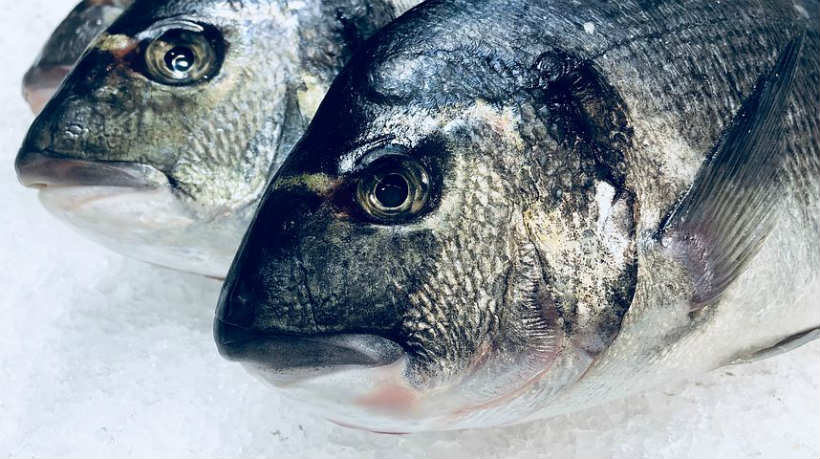
Bass bite better after a storm
Many recreational anglers have a misconception about when bass bite after a storm. The truth is that the bass bite better after a storm because they are tucked away in the deeper areas. Once the storm passes, the bass slowly begin to return to their lazy and clam states. When the weather is nice, the bass will become aggressive, which is great for the recreational angler. However, after a storm, bass are not as active, so it’s important to fish the right area immediately after a thunderstorm to get the best bites.
As the storm moves through an area, barometric pressure will drop, which will entice the bass. During the storm run, you should be able to find some baitfish. You should be careful to watch for lightning and heavy rains on the surface, as these can spook the fish. After the storm passes, a cold front will move in, bringing clearing skies and a sharp rise in barometric pressure.
A strong wind will affect the water in a storm, and this can affect the bass. Use a fish finder to locate the fish in murky water. Try a lipless crankbait or other highly vibrating lures in murky water. Make sure to use the right retrieve speed and twitching motions during the storm. If you can’t see the bass, try fishing along feeder streams.
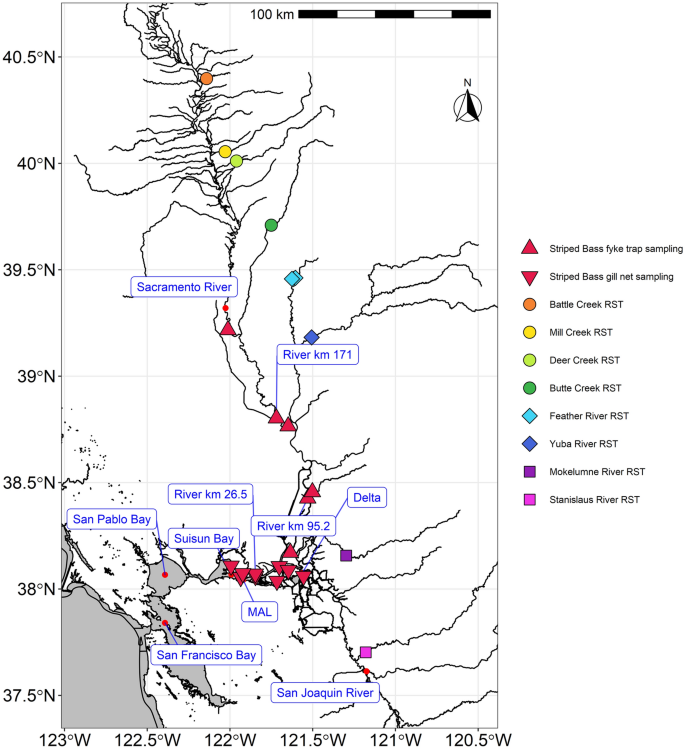
After a storm, bass migrate, leaving their usual hiding places for open water. When there is food in open water, they become aggressive. This is an ideal time for you to catch a bass because they leave their hideouts for more oxygen. You can also try fishing in these areas after a storm, so don’t forget to take some time to find them. You’ll be surprised at how aggressive they can be!
Surface runoff brings nutrients into the water, and the muddy water draws out minerals and oxygen from the soil. Bass will hang out in these areas and feed on the food. If you can find a spot where there is overhanging ground, that’s another great place to locate bass. This is also a good time to fish for panfish. A good place to look for them is near an overhanging snag, or in shallower waters, where they can feed on baitfish.
Flounder bite better after a storm
A few things can make a storm improve flounder fishing. Storm tides can be strong, forcing baitfish to the bottom where they lie in wait. Flounder have trouble navigating heavy tides, so the eddies present a prime opportunity for them to feed. Flounder are also more active at this time of year, which means you’ll have more chances to catch them. Here are some tips to get the most out of storm tides:
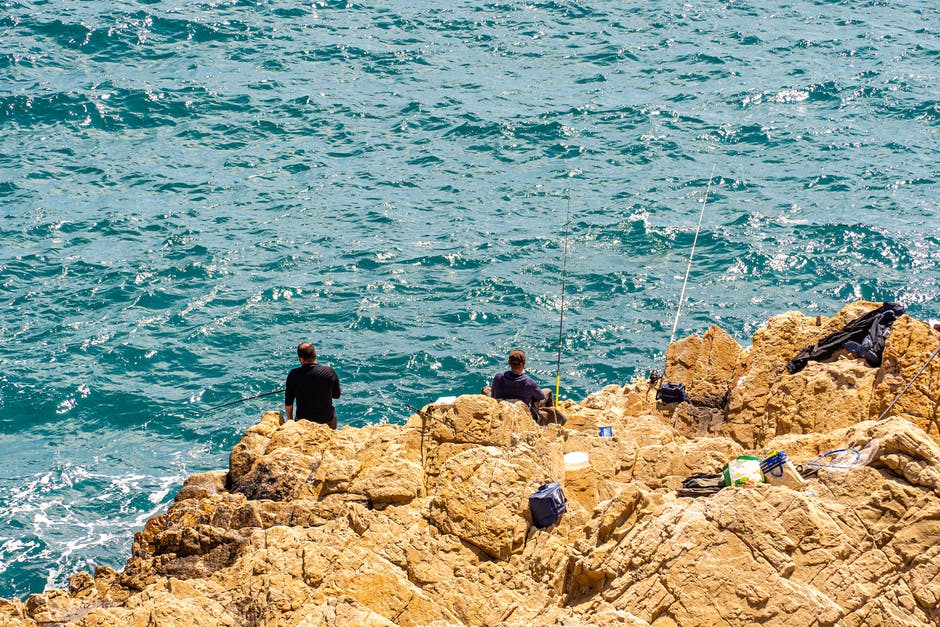
The following day, a storm usually brings a mass of cold, high-pressure air and winds. Once this mass clears the sky, the barometric pressure goes up quickly. Flounder will typically become active around 72 hours after the storm. As the barometric pressure returns to normal levels, they will be more likely to bite than they were before the storm hit. However, you must be prepared to deal with this.
When fishing during a storm, be sure to pick a spot where the barometric pressure drops to the lowest. Flounder will feed better after a storm as the pressure drops. However, be sure to avoid heavy rains and lightning during this period. They are easily scared by the sudden change in temperature, and lightning isn’t a good sign. After a storm, expect a few days of great fishing.
Another reason why the flounder bite better after a storm is because the water is murky. Fishing in this murky water can make fishing in the muddy waters difficult. If you’re an experienced angler, you’ll want to make sure you’re prepared and aware of the conditions. A storm isn’t necessarily a bad thing, but preparing is crucial to success. You should always avoid fishing in areas that are under high waves or on the beach.
Crab bite better after a storm
There’s one time when catching a crab bite is a lot easier than it is during the rest of the year. A storm brings up some nasty tides, and crabs become more active in these waters. During stormy weather, the best time to crab is right after the storm has passed. However, if you’re in the mood for some outdoor activity, crab fishing after a storm is the way to go.
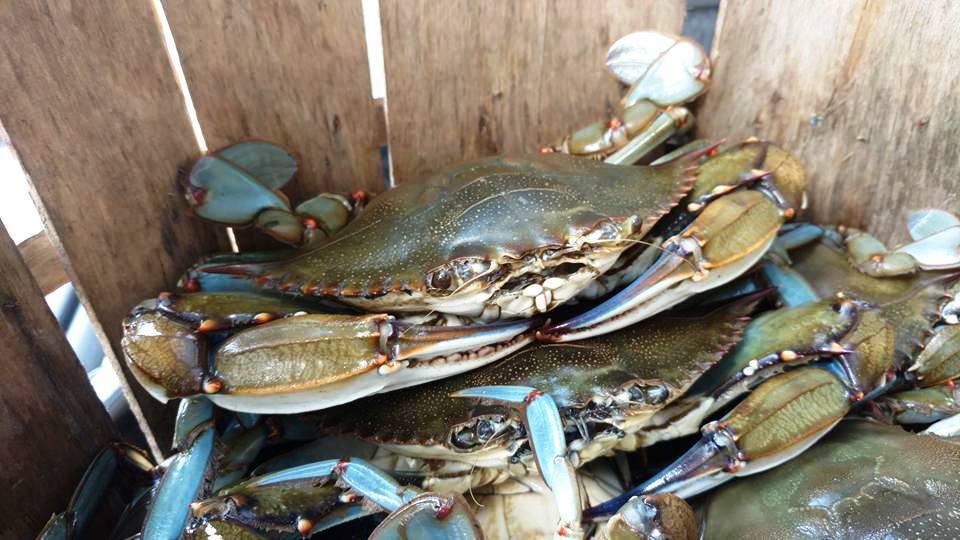
Although crabs can be caught throughout the year, certain temperatures yield better catch rates. In the coldest part of winter, when the water temperature drops below 50 degrees Fahrenheit, crabs are not active. In the warmest part of the year, around 65 degrees F, crabbers can harvest bigger crabs. Early morning and late evening are also prime times for crab fishing. Typically, crabs are at their best during the spring and fall months.
When deciding on the best time to go crabbing, the warmer the waters, the better. The cooler the water gets in winter, the crabs will migrate to warmer waters to survive the harsh weather. Also, when crabbing in northern waters, be sure to consider the climate. Colder water temperatures can cause crabs to migrate, and crabs that are inactive in the winter will be inactive in warmer waters.
It depends on the type of crab you want to catch. Bluefin are active near the Davenport fingers, so if you’re looking for bluefin, be patient. These fish tend to be deeper than the rest of the ocean, so the weather might have some bearing on the number of crabs that you catch. If you’re planning to go out on a late night crab fishing trip, however, you’ll need to be prepared for windy conditions.
Crabs are good bait for fishing after a storm
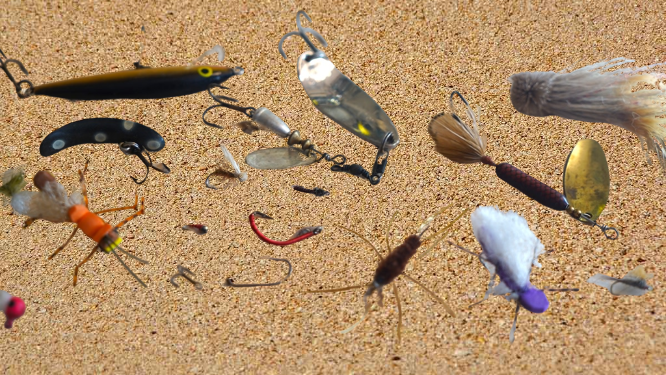
A rainstorm is an excellent time to catch crabs. As a matter of fact, they are one of the best baits for fishing after a storm. The storm brings up nasty tides beneath the surface, making the crabs more active. Crabs are attracted to these conditions and are likely to be more plentiful after a storm. So, what are the best baits for fishing after a storm?
You can find good crabs in a few ways. First, use a bait box. Crabs prefer to remain on a piece of bait if it is kept in a plastic bait box. Another method is to use a crab ring, which will prevent the crab from tearing off your bait. Crabs will tend to settle in the channels where tides are strongest, so they are an excellent choice for fishing after a storm.
Fishing Offshore After Stormy Weather
Another method is to fish offshore. During a storm, offshore fish don’t feed much, so you can continue to bottom fish. But when things calm down, the fish are ready to eat. For freshwater fishermen, surface plugs are a good bait for fishing after a storm. Because the water column is still cloudy, a crab or other freshwater bait will attract hungry fish.

Another way to identify a crab is to look for the swollen back swimmer fin. This is the newly developed soft shell swimmer fin, and it can be easily identified. Just make sure you scoop the crabs up with the help of a crab net. If you are unsure about the sex of the crab, create a new thread. This will allow other people to ask about the issue.
Mole crabs are another good bait for the surf. You can collect them by hand or use commercially available scoops. You can cut the crabs in half and use the other half for bull reds, drum, and smaller reds. Also, crab knuckles make good bait for croakers. If you’re interested in using crabs for fishing after a storm, it is important to gather plenty of them.


